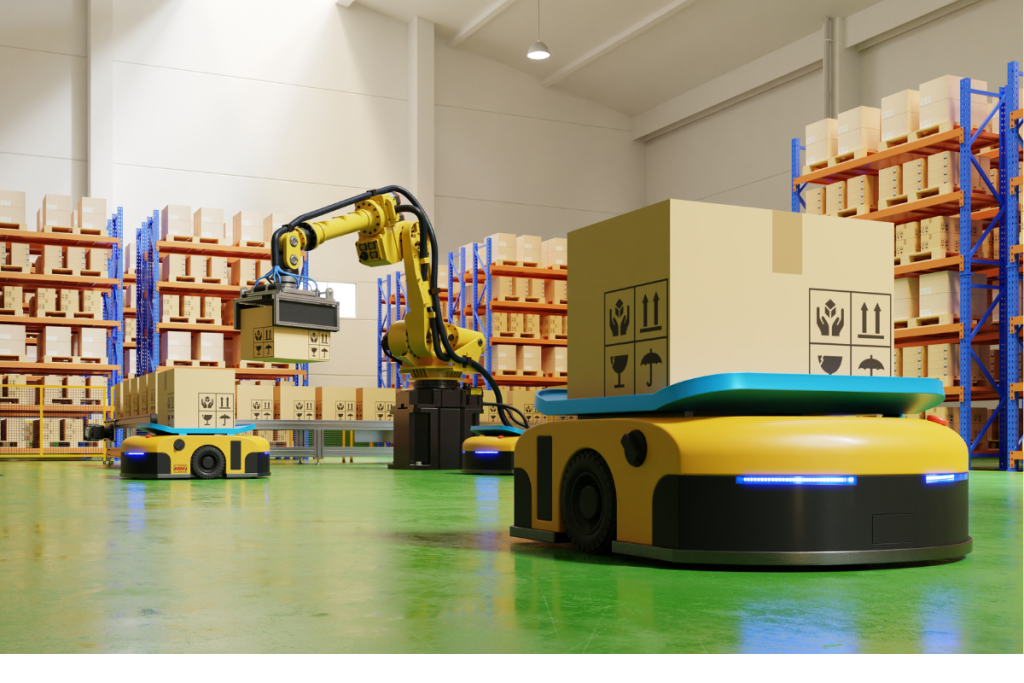As warehouse costs continue to climb, supply chain leaders are increasingly turning to vertical expansion and automation to maximize space and offset labor shortages. Integrating autonomous mobile robots (AMRs) with mezzanine structures is emerging as a practical, cost-effective approach to future-proof fulfillment operations.
Leveraging Existing Space for Maximum ROI
With warehouse rents still elevated, averaging a 6% year-over-year increase in Q1 2025, fulfillment operations are feeling the squeeze. Many are countering this pressure by building upward rather than outward, using mezzanines and pick towers to expand storage and processing capacity without the disruption of new construction.
Autonomous mobile robots are increasingly integrated into these vertical expansions to handle repetitive tasks and reduce strain on human workers. Companies are prioritizing this approach to offset soaring real estate costs and avoid the steep price tag of relocating facilities altogether.
The integration of AMRs into these systems requires careful planning. Smooth surfaces and precise aisle widths are essential to enable safe and efficient robot navigation. Clear communication between AMR providers and mezzanine suppliers ensures that new vertical spaces accommodate automation seamlessly. In these denser, more controlled environments, the risk of injury and workflow disruption is minimized, while the return on space investment is maximized.
Designing for Safety and Flexibility
Vertical expansion brings inherent safety considerations. Climbing stairs or lifting heavy loads across mezzanine levels is a recipe for injury. AMRs address this by taking on the lifting, transferring orders between floors through elevators or conveyor systems, and leaving workers free to focus on value-added tasks.
Yet, multilevel picking adds layers of complexity to fulfillment workflows. AMRs must be programmed to manage intricate tasks, such as the “pick and pass” systems that span multiple floors. This requires a thoughtful approach to robot software, ensuring it can handle shifting warehouse priorities and changing workflows.
Developers are turning to AI and machine learning to tackle these challenges. Locus Robotics, for example, is using intelligent algorithms to cluster picks for density and reduce travel time, while Ocado’s Chucks are being retooled to better support multilevel operations. The result is a more flexible and resilient fulfillment process that can keep pace with surging e-commerce volumes and tight labor markets.
A Calculated Shift to Vertical Efficiencies
Adopting AMRs within mezzanines signals a mature shift in warehouse strategy—prioritizing spatial efficiency and labor optimization. To execute effectively, companies must synchronize robotics capabilities, structural design, and operational workflows from the outset. This alignment unlocks not just improved space utilization, but greater throughput and worker safety. As fulfillment demands intensify, operations grounded in precise design and adaptable automation will define competitive resilience.



